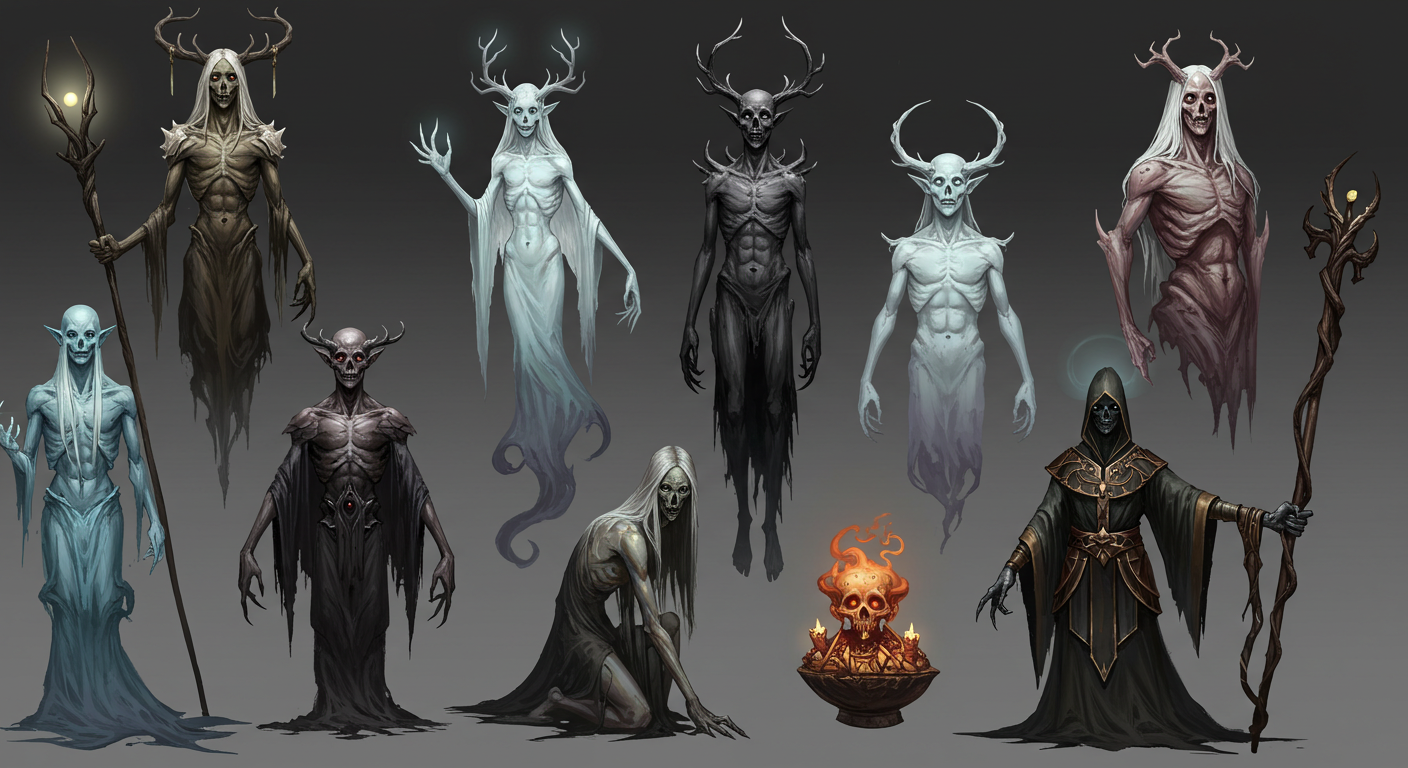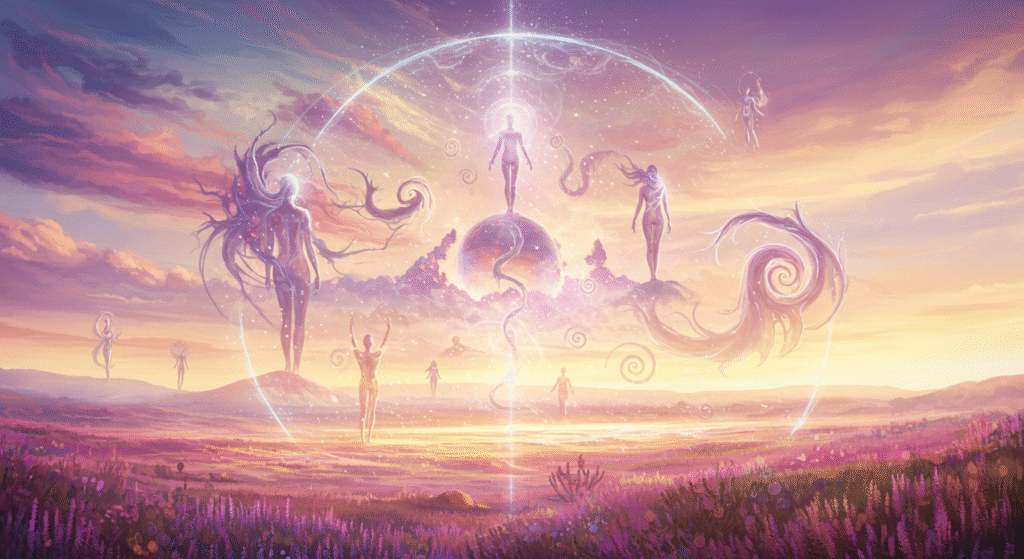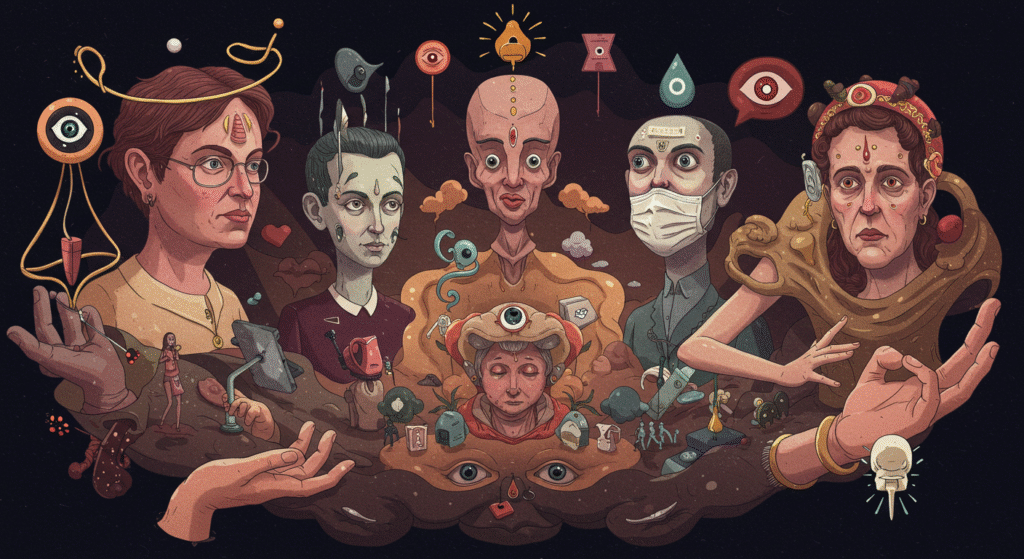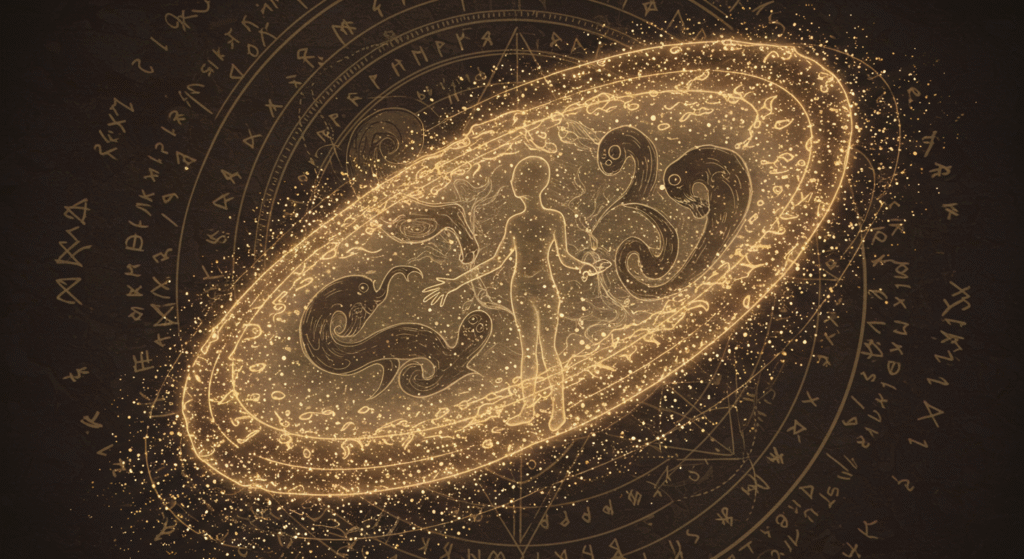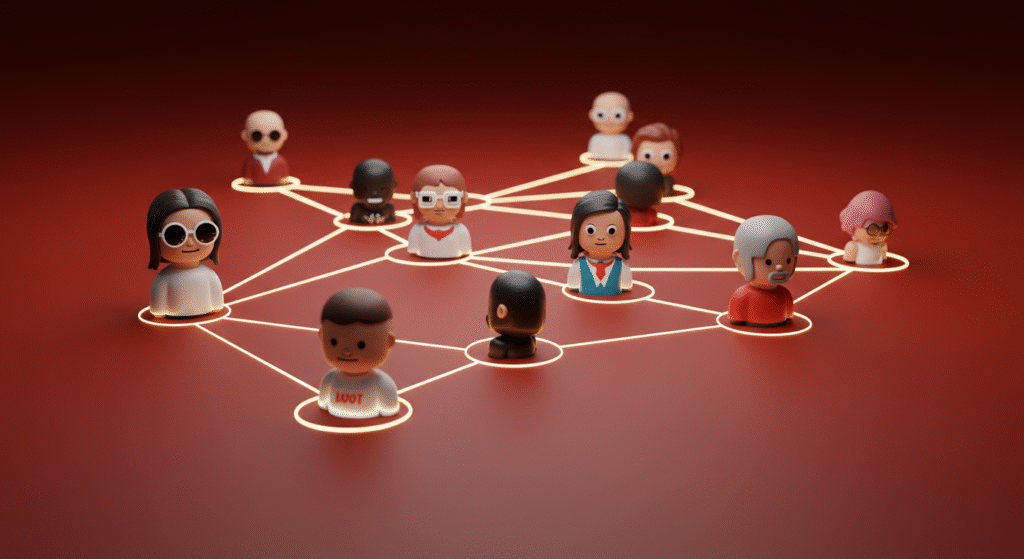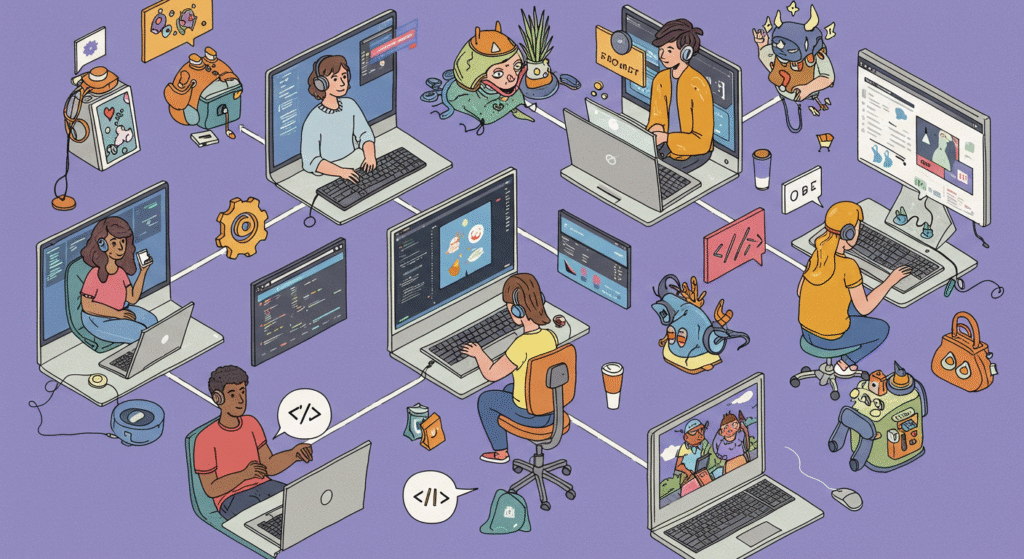Table of Contents
- Introduction
- Understanding Collective Entities
- The Role of Collective Entities in Shaping Beliefs
- How Collective Entities Influence Behavior
- The Impact of Collective Entities on Identity Formation
- Positive vs. Negative Influences of Collective Entities
- Examples of Collective Entities Shaping Society
- Collective Entities in the Digital Age
- FAQs
- Closing Thoughts
Introduction
From cultural groups to digital communities, humans have always been influenced by collective entities that shape how we think, act, and see ourselves.
This blog dives into how Collective Entities play a pivotal role in shaping beliefs, behaviors, and personal identities.
Whether it’s a nation, a subculture, or an online community, collective entities provide shared values and norms that guide their members.
This post will explore the psychological, social, and cultural implications of collective entities.
We’ll look at how they mold beliefs and behaviors, create a sense of belonging, and sometimes challenge individuality.
By the end, you’ll have a better understanding of how interconnected we are through these collective frameworks.
Understanding Collective Entities
Collective Entities refer to groups or communities that individuals identify with and participate in.
These entities can take the form of families, organizations, social movements, or even fan bases.
They share common goals, practices, and values that bind their members together.
- Humans naturally gravitate toward groups because they provide security and a shared sense of purpose.
- These collectives influence how we view right and wrong, acceptable behavior, and personal priorities.
- For example, a sports team can serve as a collective entity for its fans, influencing how they interact and express emotions.
- Religious organizations, with shared rituals and belief systems, are also classic examples of collective entities.
- Likewise, professional organizations foster identity through shared career goals and ethics.
- On a larger social scale, nations act as collective entities, shaping patriotism and cultural identity.
- Participation in collective entities fosters a sense of belonging, reducing feelings of isolation.
- Social expectations within these groups often dictate member behavior.
- These entities evolve over time, adapting as society changes.
- Collective entities have always been essential for both societal cohesion and individual identity.
The Role of Collective Entities in Shaping Beliefs
The beliefs we hold are often not formed in isolation. Instead, they are molded by the collective to which we belong. Collective Entities serve as ecosystems for transmitting ideas and values.
- These groups create a shared narrative that helps individuals make sense of the world.
- For example, political groups frame events through their ideological lens, influencing members’ perspectives.
- Social norms upheld by collective entities dictate standards of behavior and moral conduct.
- Cultures often serve as collective entities, teaching values like respect, faith, and hospitality.
- Religious groups pass down belief systems that shape life choices, attitudes, and meanings.
- The media, as a collective entity, greatly influences public perception, creating shared attitudes.
- These beliefs can evolve, as collective entities are redefined by generational changes.
- Peer groups influence beliefs by reinforcing behavior they deem acceptable or not.
- This influence can be observed in youth subcultures, where identity aligns with specific philosophies.
- Technology now amplifies the reach of collective entities, spreading beliefs globally.
How Collective Entities Influence Behavior
Behavior is one of the most visible ways Collective Entities impact individuals. Membership in a group often comes with implicit expectations of how to act.
- Behavioral norms emerge within groups, subtly influencing personal habits.
- Conforming to these norms often feels necessary to maintain group acceptance.
- For instance, workplace cultures shape how employees communicate and collaborate.
- Governments, as collective entities, pass laws that regulate societal behavior on a broader scale.
- Social movements encourage specific actions, such as protests or boycotts, to achieve goals.
- Online communities create behavior patterns, such as how people interact on social media.
- Rituals, like weddings or community festivals, are examples of collective behavior.
- Behavioral shifts often occur when individuals join a new group, such as relocating to a new country.
- Peer groups can lead to both positive reinforcement or destructive behavior, like groupthink.
- Membership in collective entities often reignites altruistic behavior, such as charity or activism.
The Impact of Collective Entities on Identity Formation
Our sense of self is heavily shaped by the groups we belong to. Collective Entities provide frameworks within which individuals build their personal identities.
- People often define themselves by their affiliations, such as being part of a profession or a religion.
- Shared group values create a collective conscience that frames self-perception.
- Adolescents, in particular, gravitate to peer groups that shape their sense of self.
- Ethnic identities form through cultural heritage, language, and shared history.
- Personal identity evolves as individuals move between collective entities.
- Professional organizations influence career-based self-identity through shared roles and goals.
- Digital communities often create hybrid identities via online personas.
- exabytes of shared information online establish new collective ideals influencing personal identity.
- Misalignment with collective values can lead to identity crises or shifts.
- Identity can be enriched by exposure to diverse collective entities.
Positive vs. Negative Influences of Collective Entities
While Collective Entities foster cohesion and shared purpose, they have the potential for both positive and negative outcomes.
| Positive Influences | Negative Influences |
| Promote community support and belonging | Can encourage conformity over individuality |
| Foster creative collaboration among members | Potential for misuse, such as extremist ideologies|
| Provide avenues for constructive identity-building| Exacerbate divisions by promoting exclusivity |
| Act as support systems during crises | Risk of groupthink and poor decision-making |
| Enhance global connections through diverse dialogue| Amplify misinformation within echo chambers |
Examples of Collective Entities Shaping Society
Historical and modern examples vividly illustrate the power of Collective Entities.
- The Civil Rights Movement in the US united people around shared ideals, transforming laws and social norms.
- Environmental movements demonstrate how collective will can address global challenges.
- Countries, as entities, shape ethics and policies that influence millions.
- The Olympic Games promote global unity through collective celebration of athletics.
- Social media platforms act as digital collective entities propagating trends.
- Historical empires were sustained through collective belief systems like religion or hierarchical power.
- Nonprofits represent collaborative efforts to solve societal needs.
- Activist groups, such as LGBTQ+ advocacy organizations, promote equal rights worldwide.
- Industry-specific bodies like unions have driven progress in labor laws.
- Online communities across coding, arts, and gaming provide creative spaces built on group interaction.
Collective Entities in the Digital Age
Digitization has fundamentally transformed the way Collective Entities form and operate.
- Online platforms allow like-minded individuals to create global communities.
- Meme culture demonstrates how ideas evolve collectively within digital spaces.
- Crowdsourcing exemplifies how digital entities collectively solve problems.
- Social media algorithms now directly shape collective behavior and trending beliefs.
- Digital activism connects people globally with initiatives like online petitions.
- Streaming platforms create fan bases, another form of digital community engagement.
- The internet has blurred lines between cultures, creating hybrid collective values.
- However, echo chambers and misinformation are major digital-era challenges.
- Younger generations spend more time engaging with digital entities than physical communities.
- This shift redefines modern collective engagement in unprecedented ways.
FAQs
- What are collective entities?
Collective Entities are groups that share common goals and values, influencing beliefs, behaviors, and identities.
- What’s an example of a collective entity?
Examples include families, professional organizations, nations, fan clubs, and online communities.
- How do collective entities influence individuals?
They set norms, values, and standards, shaping how individuals think, behave, and identify themselves.
- What’s the role of collective entities in identity formation?
They provide the cultural and social framework that shapes personal identity.
- How have digital platforms changed collective entities?
Digital platforms enable global communities and amplify the influence of collective entities.
- Do collective entities pose risks?
Yes, they can encourage conformity, spread misinformation, and exacerbate social divides.
- Can collective entities change over time?
Absolutely. Cultural shifts, technology, and societal changes often reshape these entities.
- How do collective entities promote change?
They align like-minded individuals to collectively advocate for change, such as in social movements.
- What’s the role of collective entities in behavior?
They create implicit and explicit norms that guide member actions.
- Can individuals belong to multiple collective entities?
Yes, people often belong to several entities like families, workplaces, and online groups simultaneously.
Closing Thoughts
Collective Entities play a defining role in how beliefs, behaviors, and identities are shaped. From their historic significance to modern-day digital transformations, they remain at the heart of human connection and societal evolution. Recognizing their influence can help us better understand our world, seek positive change, and balance the role of individuality within a collective framework.
